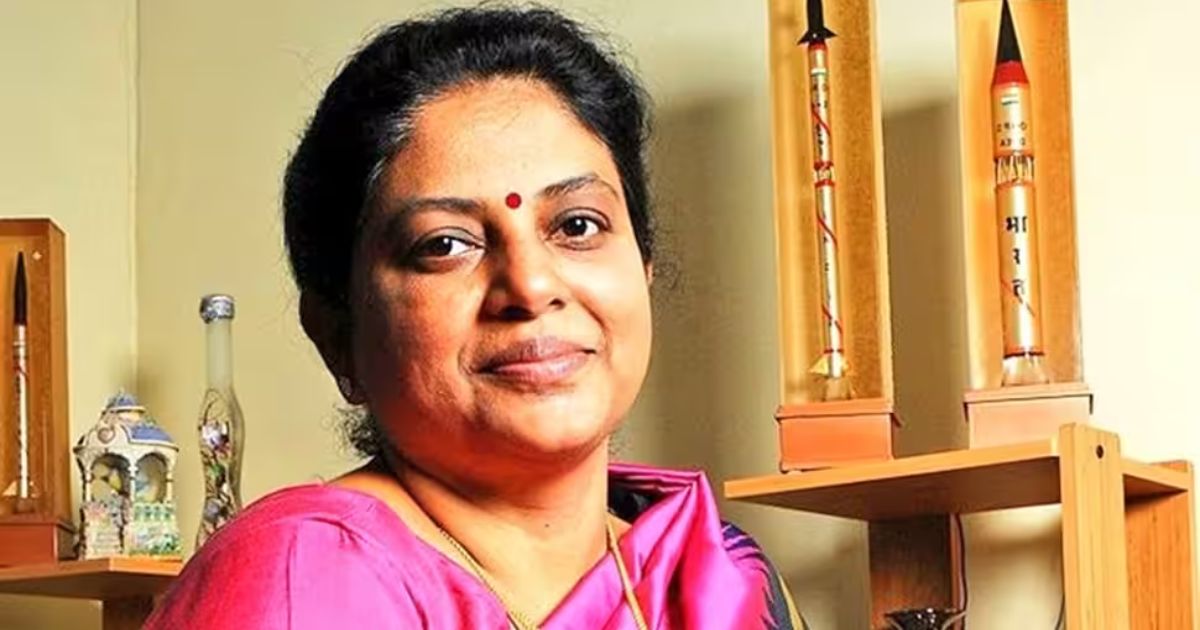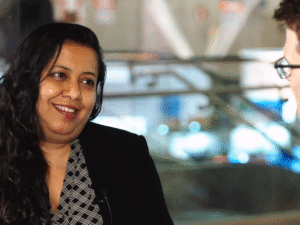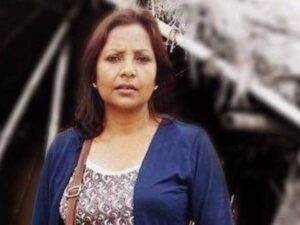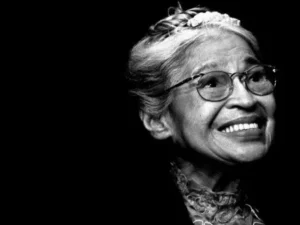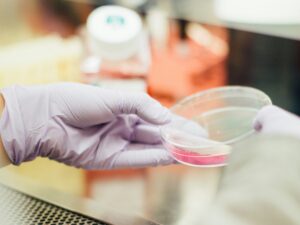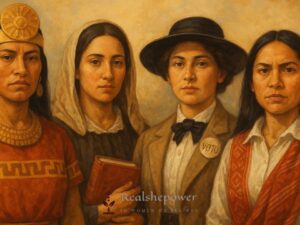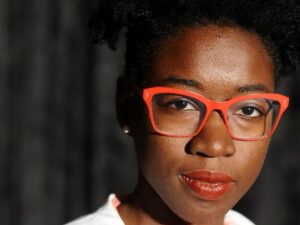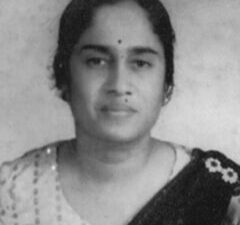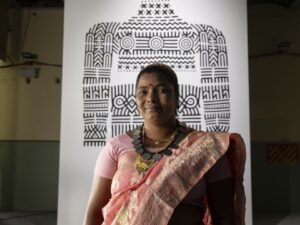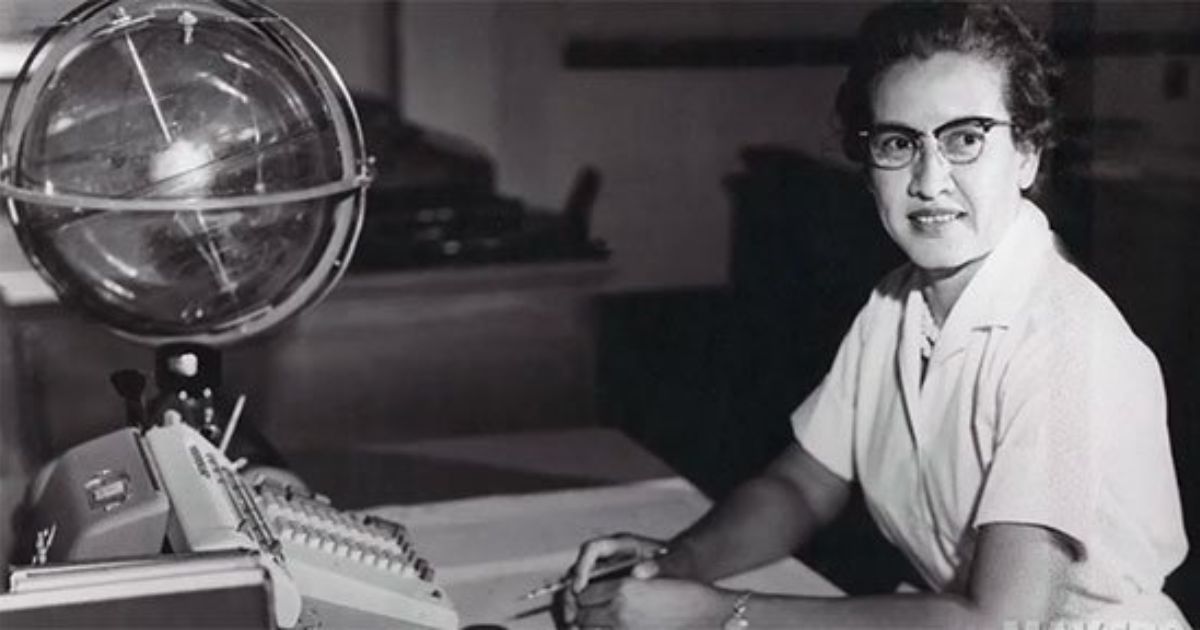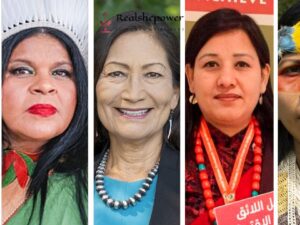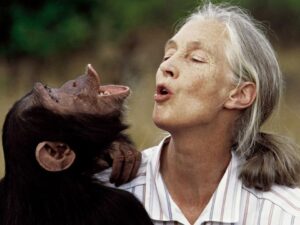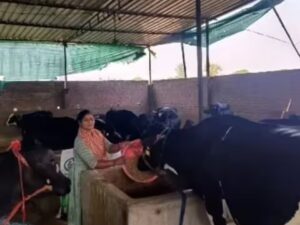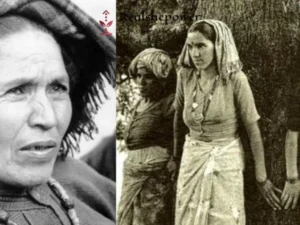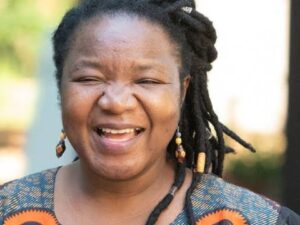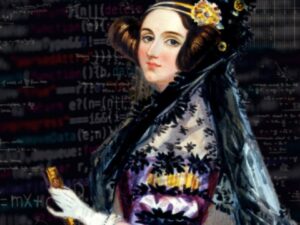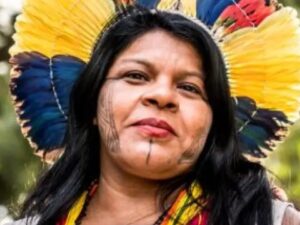Dr. Tessy Thomas, fondly known as India’s “Missile Woman,” is a trailblazing scientist whose groundbreaking contributions to India’s defense sector have shattered glass ceilings and inspired millions. As the former Director General of Aeronautical Systems at the Defence Research and Development Organisation (DRDO), Tessy has been instrumental in advancing India’s missile technology, notably leading the Agni-V intercontinental ballistic missile project. In 2025, her legacy continues to spark conversations about women’s representation in STEM (Science, Technology, Engineering, and Mathematics) and the broader fight for gender equality in India’s scientific community. This article explores Dr. Tessy Thomas’s remarkable achievements, the pressing issue of women’s underrepresentation in STEM, and her role as a beacon of empowerment.
Who is Dr. Tessy Thomas? A Pioneer in Missile Technology
Born in 1963 in Alappuzha, Kerala, Dr. Tessy Thomas grew up in a modest family with a passion for science and mathematics. Inspired by the Apollo moon landings and encouraged by her parents to pursue education, she earned a B.Tech in Electrical Engineering from the Government Engineering College, Thrissur, and an M.Tech in Guided Missiles from the Institute of Armament Technology, Pune. She joined DRDO in 1988, rising through the ranks to become one of India’s most celebrated scientists.
Tessy’s most notable contribution is her leadership in the development of the Agni-V, India’s first intercontinental ballistic missile (ICBM) with a range of over 5,000 km, capable of carrying nuclear warheads. As Project Director, she navigated complex technical challenges and led a predominantly male team, earning accolades for her expertise and resilience. Her work has strengthened India’s defense capabilities and positioned the country as a global player in missile technology. In recognition of her contributions, she received the Padma Shri in 2012, one of India’s highest civilian honors, and numerous other awards, including the DRDO Scientist of the Year.
The Significance of Dr. Tessy Thomas ’s Achievements
Dr. Tessy Thomas’s ascent to the pinnacle of India’s defense research is a landmark for gender equality in STEM. At a time when women were rarely seen in high-stakes scientific roles, Tessy broke stereotypes by leading critical defense projects in a male-dominated field. Her work on the Agni series, including Agni-IV and Agni-V, has bolstered India’s strategic deterrence, with the Agni-V’s successful tests in 2021 and 2024 reinforcing its global significance.

Her achievements are particularly notable given the challenges she faced. In a 2024 interview, Tessy recalled working in an environment where women were often underestimated, stating, “I had to prove myself not just as a scientist but as a woman scientist.” Her perseverance has paved the way for other women to enter defense and aerospace research, fields historically dominated by men. As the first woman to lead a major missile project at DRDO, she has become a symbol of what women can achieve with determination and skill.
The Pressing Issue: Women’s Underrepresentation in STEM
Dr. Tessy Thomas’s success shines a spotlight on a critical issue: the underrepresentation of women in STEM fields in India and globally. Despite progress, women remain significantly underrepresented in science and technology, facing barriers such as gender bias, lack of early STEM education, and societal expectations. Below are key challenges and statistics that frame this issue:
1. Low Female Participation in STEM
According to a 2023 UNESCO report, women make up only 27% of STEM researchers globally, and in India, this figure is even lower at around 14% in higher education and research roles. The All India Survey on Higher Education (2022-23) shows that only 20% of engineering students in India are women, despite initiatives to bridge the gap.
2. Gender Bias and Stereotypes
Women in STEM often face workplace bias, including assumptions about their technical competence. Tessy herself noted in a 2023 seminar that she had to “work twice as hard to earn the same respect” as her male colleagues. Such biases discourage women from pursuing or staying in STEM careers.
3. Lack of Early STEM Exposure
In rural India, where access to quality education is limited, girls are less likely to be exposed to STEM subjects. Cultural norms prioritizing early marriage over education further exacerbate this issue. A 2024 UNICEF report highlighted that 43% of girls in rural India drop out before completing secondary education, limiting their STEM opportunities.
4. Work-Life Balance Challenges
Women in STEM often juggle professional demands with societal expectations around family responsibilities. The lack of supportive policies, such as flexible work hours or childcare facilities, contributes to high attrition rates among female scientists and engineers.
Dr. Tessy Thomas’s journey underscores the need to address these barriers. Her advocacy for mentorship programs and STEM education for girls aligns with initiatives like the Vigyan Jyoti Scheme, launched by the Indian government to encourage young women to pursue STEM careers.
Dr. Tessy Thomas ’s Vision: Empowering the Next Generation
Dr. Tessy Thomas has consistently emphasized the importance of education and mentorship in empowering women in STEM. In a 2024 address at a women’s science conclave, she urged young girls to “embrace challenges and believe in their potential.” Her vision includes:
- Promoting STEM Education: Advocating for early exposure to science and math through school programs and scholarships.
- Mentorship Programs: Creating platforms for women scientists to mentor young girls, sharing experiences and guidance.
- Policy Advocacy: Pushing for workplace policies that support women, such as maternity leave, flexible hours, and anti-discrimination measures.
- Inspiring Confidence: Encouraging women to overcome self-doubt and societal stereotypes to pursue ambitious careers.
Her work aligns with global efforts, such as the UN’s 2030 Sustainable Development Goals, which emphasize gender equality in education and employment. A March 2025 UN Women report highlighted the need for role models like Tessy to inspire systemic change, noting that “women in leadership roles drive innovation and inclusivity.”
Challenges Ahead for Women in STEM
Despite Tessy’s success, women in STEM face ongoing challenges that require systemic solutions:
- Gender Bias in Hiring and Promotion: Women are often overlooked for leadership roles in scientific institutions.
- Funding Disparities: Female researchers receive less funding than their male counterparts, limiting their ability to lead major projects.
- Cultural Barriers: Societal expectations around marriage and motherhood deter women from pursuing long-term STEM careers.
- Lack of Role Models: While Tessy is a prominent figure, the scarcity of visible women in STEM limits inspiration for young girls.
Tessy’s advocacy and visibility help address these issues, but broader reforms are needed, such as increased government investment in STEM education for girls and policies to ensure equal opportunities in research and development.
Global Context: Women Achievers in STEM
Dr. Tessy Thomas’s achievements align with global recognition of women in STEM. For instance, Professor Wang Xiaoyun of Tsinghua University was awarded the 2025 L’Oréal-UNESCO For Women in Science Award for her groundbreaking work in cryptography, highlighting the global push for women in science. Similarly, the 2024 TIME Women of the Year list featured scientists and innovators working toward a more equal world, emphasizing the universal relevance of Tessy’s mission.
In India, other women like ISRO scientist Ritu Karidhal, who led the Chandrayaan-3 mission, and Kiran Mazumdar-Shaw, founder of Biocon, have also broken barriers in STEM and biotech, respectively. Tessy’s story complements these narratives, reinforcing the need for continued investment in women’s education and leadership.
Conclusion
Dr. Tessy Thomas, India’s Missile Woman, is a towering figure whose contributions to missile technology and advocacy for women in STEM have left an indelible mark. Her leadership in the Agni-V project and her role as a mentor for young women highlight the transformative power of education and perseverance. As India grapples with the underrepresentation of women in STEM, Tessy’s journey serves as both an inspiration and a call to action. By addressing systemic barriers and promoting inclusivity, her legacy can pave the way for a new generation of women scientists.
